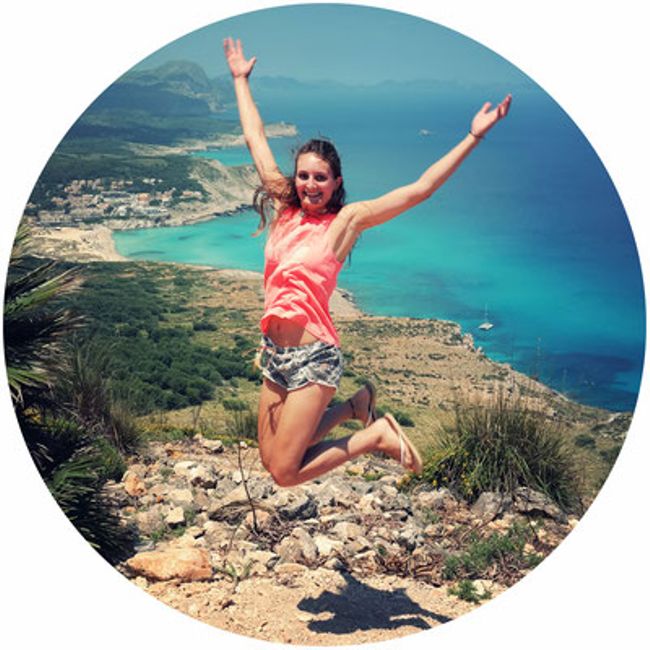
Traveling44 - Für 4 Monate durch Südostasien
vakantio.de/traveling44
Trekking tour from Kalaw to Inle Lake
Жарыяланган: 18.12.2018
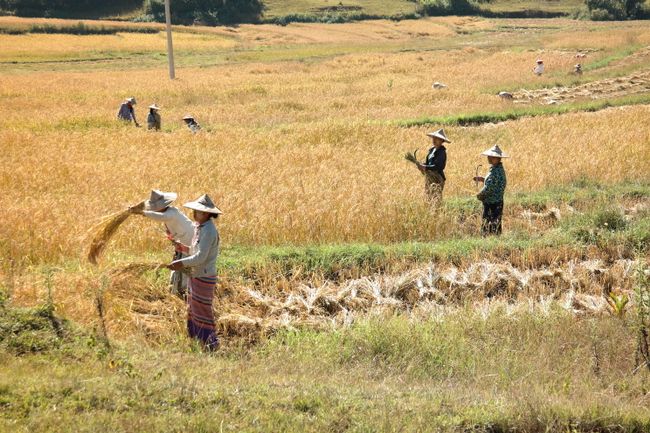
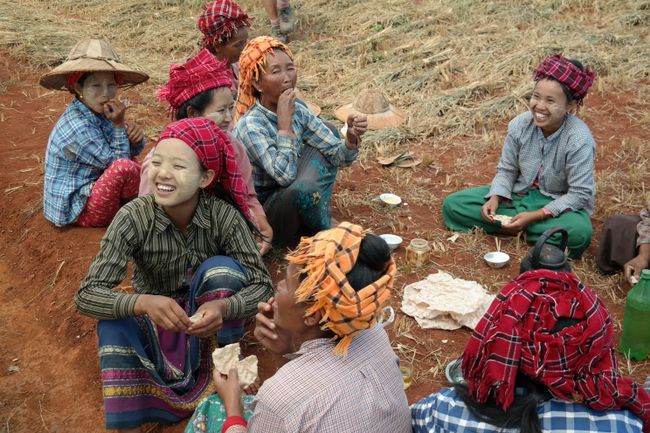
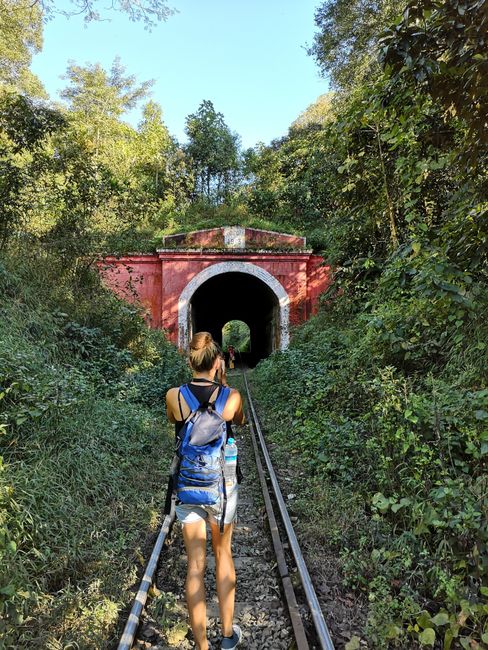
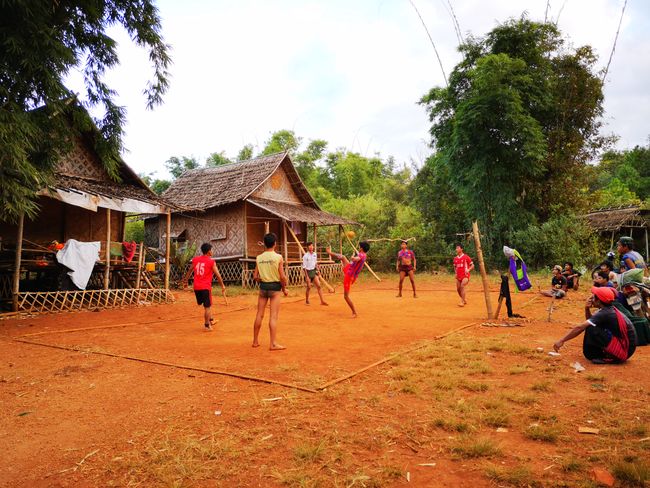
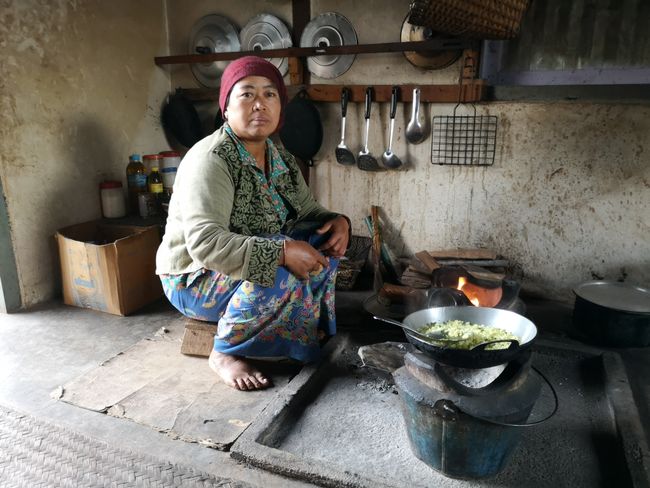
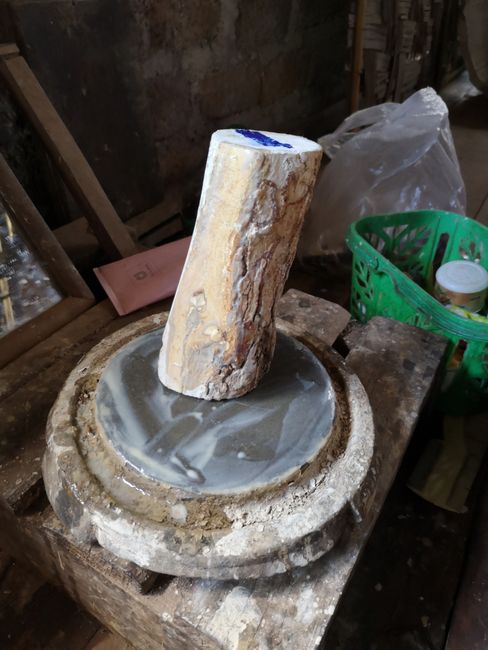
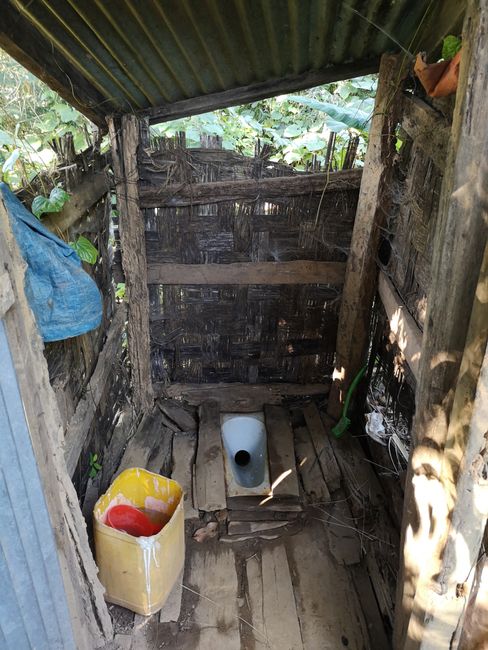
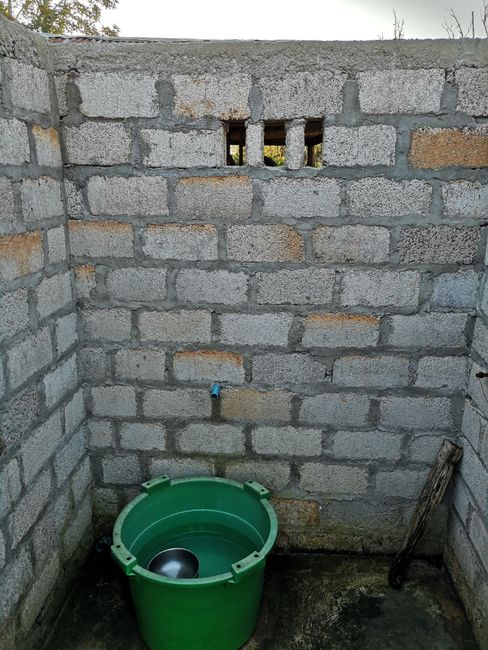
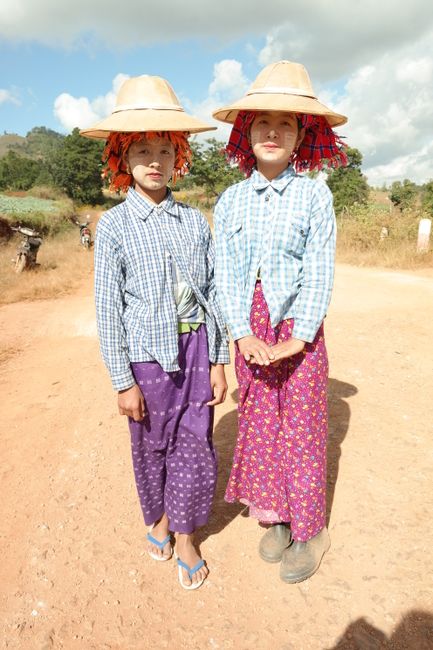
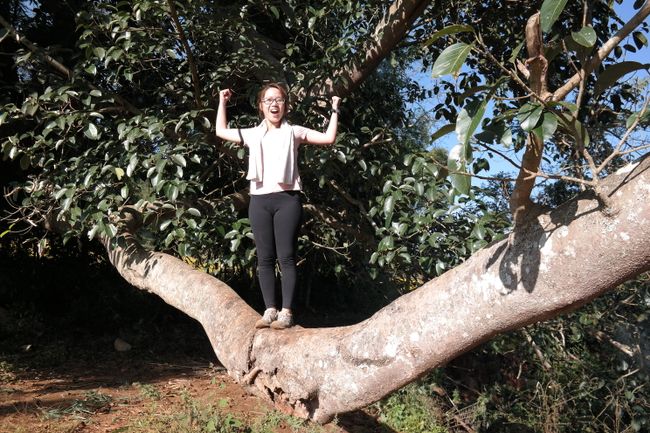
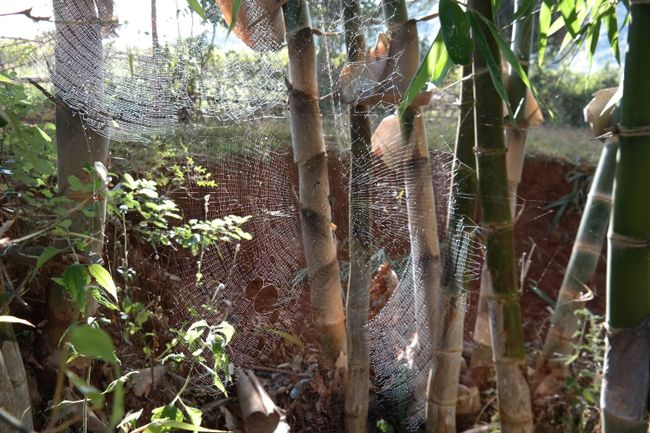
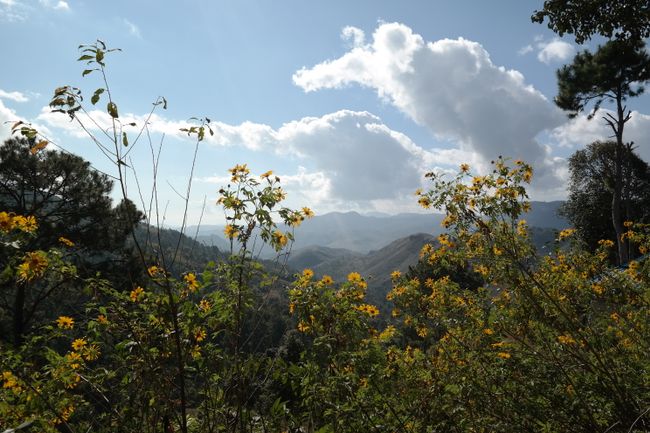
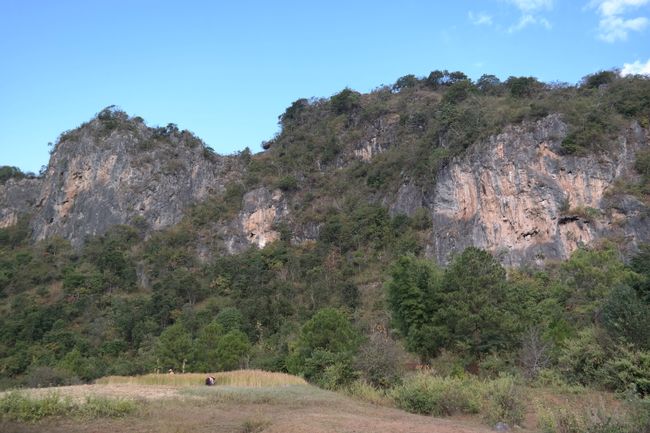
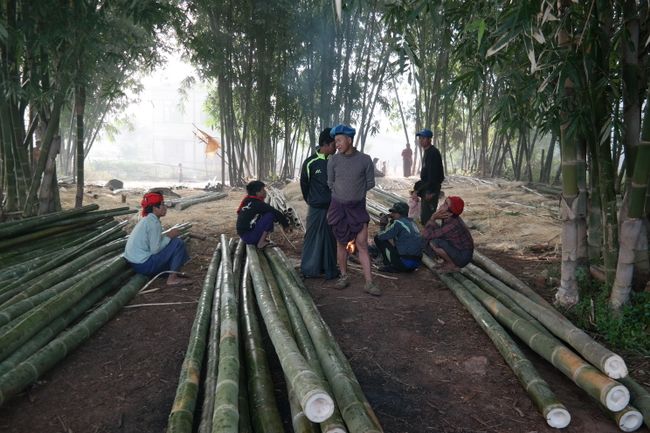
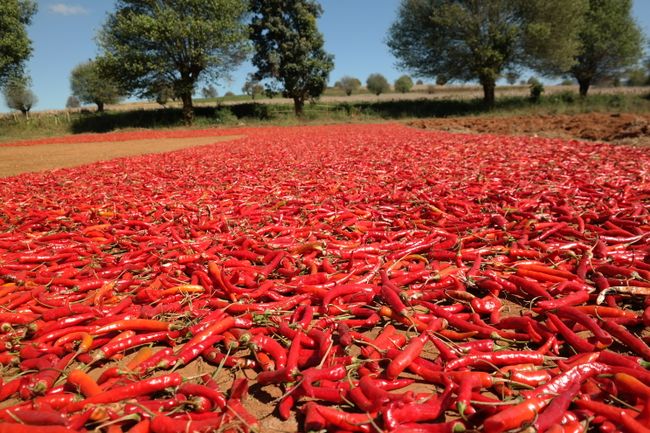
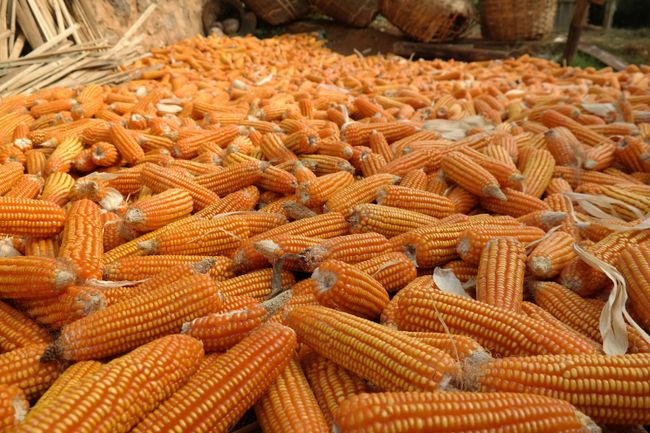
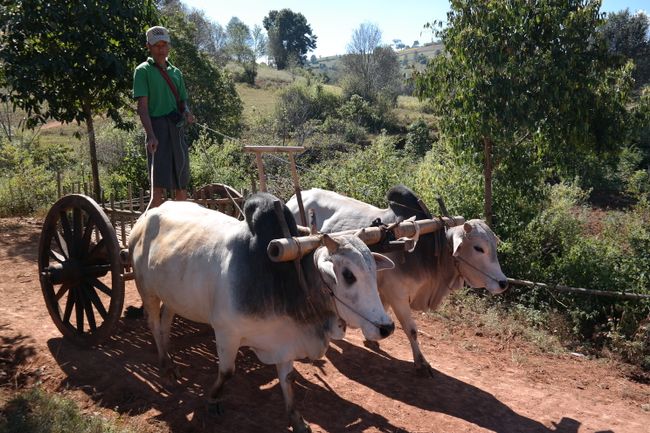
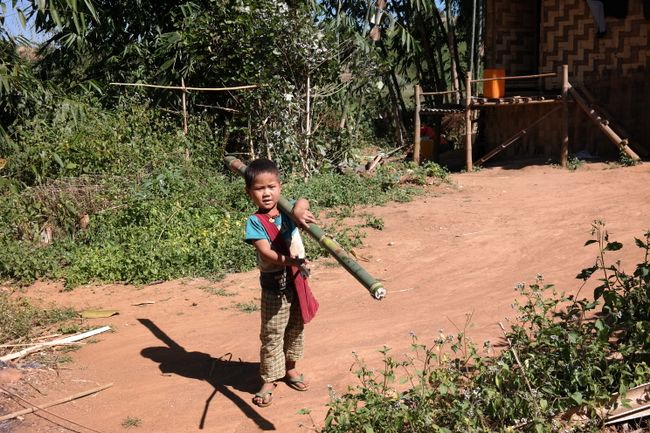
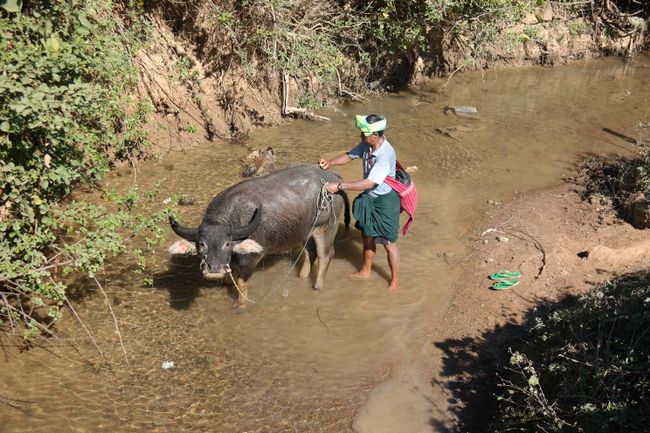
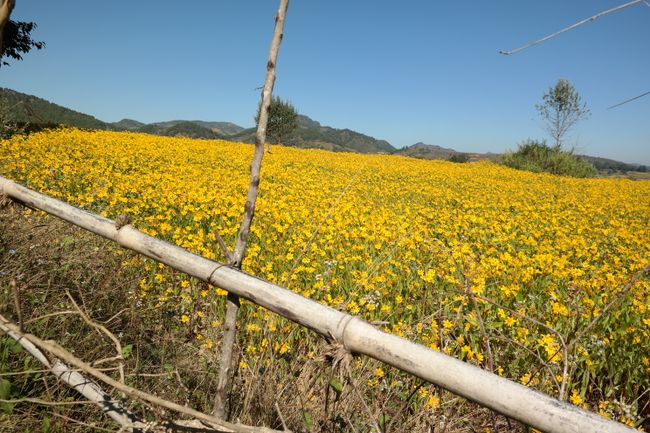
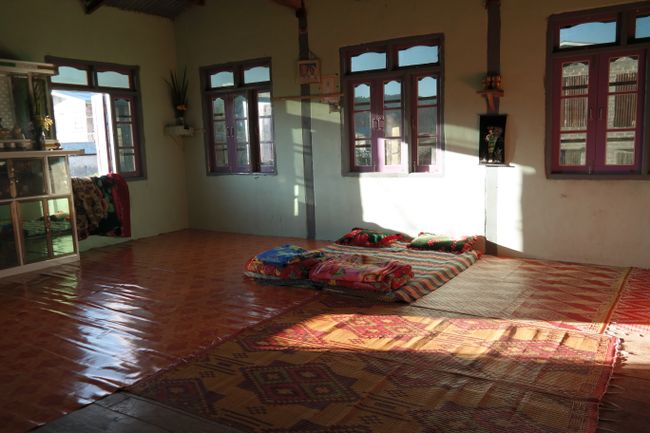
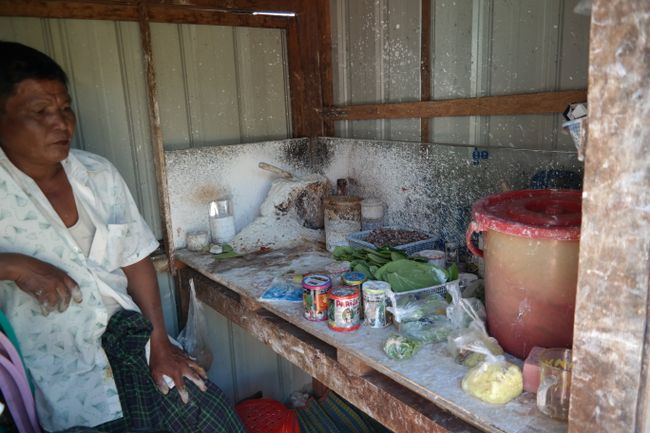
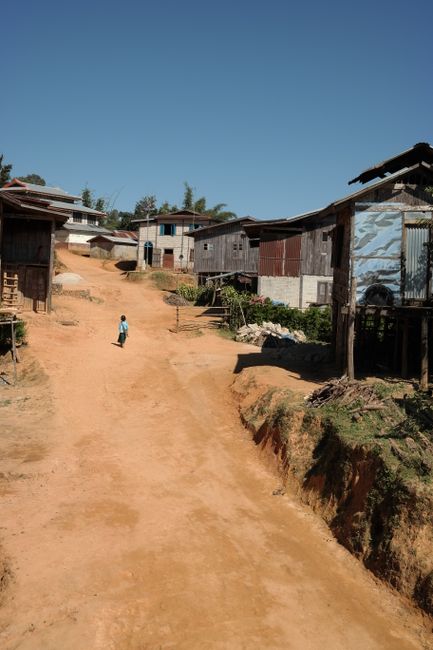
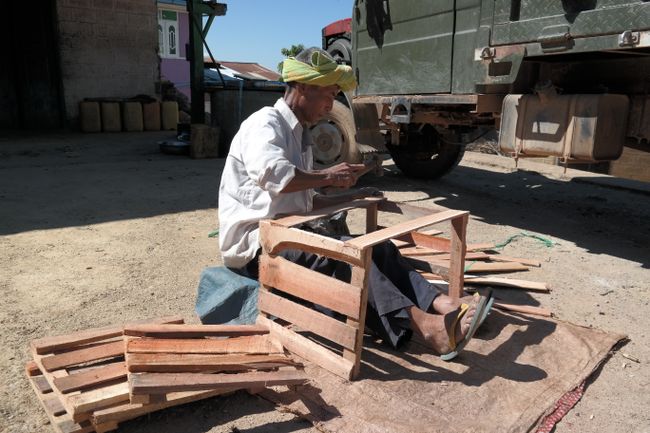
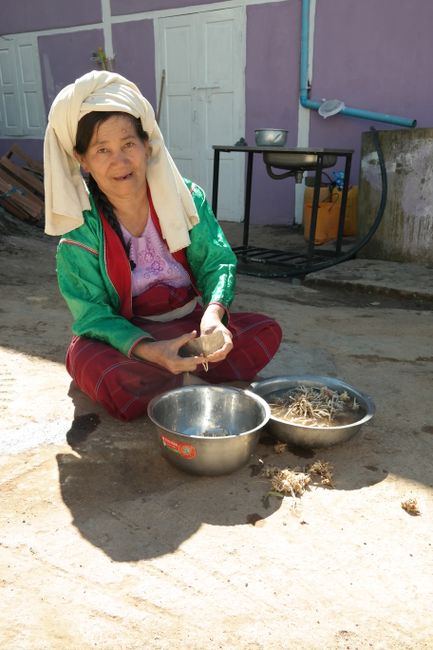
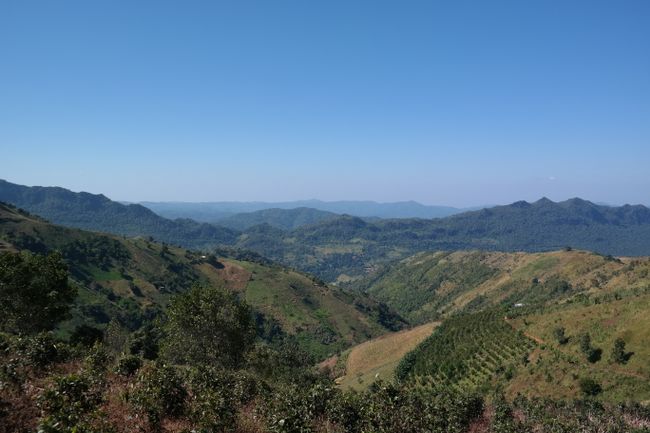
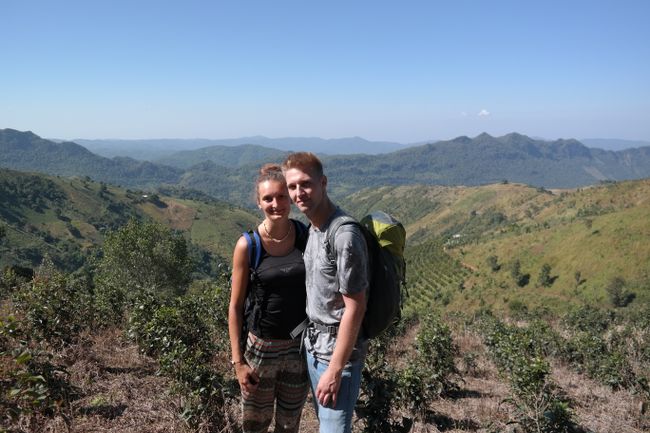
Бюллетенге жазылыңыз
On 28.11, our 3-day trekking tour from Kalaw to Inle Lake starts. In the morning, we are picked up from our guesthouse. The large backpacks are brought to Nyaung Shwe at Inle Lake by the agency, and we set off with our daypacks filled with warm clothing and two pairs of underwear. Since most other tourists have decided at short notice to do the shorter 2-day tour due to the bad weather forecast, it's just the two of us. Plus the guide, of course. And the weather is perfect! Sunshine and not a cloud in the sky. Nice :)
Our guide's name is So So, we can't pronounce his real name, and he lives a day's walk away from Kalaw in a village. This is also our destination for the day, as we will stay overnight in his mother's house. He is 25 and lives with his wife and child in a bamboo hut on the same property. He used to be a farmer, even had a water buffalo, but being a guide pays better. At least a little better. He hints that he is not so happy with the agency. He receives 9000 Kyat, which is about 5€, per guest per day. However, he has to pay for our food and accommodation out of this. Consequently, he naturally prefers larger groups and is not so happy about leading only two hikers through the country. Nevertheless, we have very interesting conversations and can learn more about the country and the people.
The first day of hiking takes us through very diverse landscapes. We walk through fields and can observe the farmers working in their fields. Currently, the rice is being harvested, which often requires the whole family's help.

Rice harvest
For some time, we walk through a dense rainforest, which is very convenient in the midday heat. In the forest, the path is constantly uphill, but only slightly, and later we are rewarded with a fantastic view! Gentle hills, tea plantations, mountain villages, and an infinitely wide and clear view. The air is totally clean and not hazy, making it almost look computer-edited. I could enjoy the view forever, but So So urges us on. After all, we want to reach his village before sunset, and it is about 26 km from Kalaw. However, we continue to walk on the ridge of the mountain for some time, giving me plenty of opportunity to marvel.


During a short stop in a mountain village where Tibetan immigrants live, we learn about green tea and its processing. There are tea leaves drying in the sun everywhere. In the rainy season, when it's too wet to dry them, the leaves are pickled and processed into salad. We have already eaten this salad many times before and are big fans! Since I also really like green tea, I would like to buy some. But the village is not yet commercialized. The women only let you watch them work. They don't want to sell anything. Instead, our guide buys a net of mandarins, which are eaten green in Myanmar. When we tell him that mandarins in Germany are orange, he shakes his head and says that the fruits are then too old. After eating a few green mandarins, I have to admit: I still prefer the orange ones, and Max feels the same way.

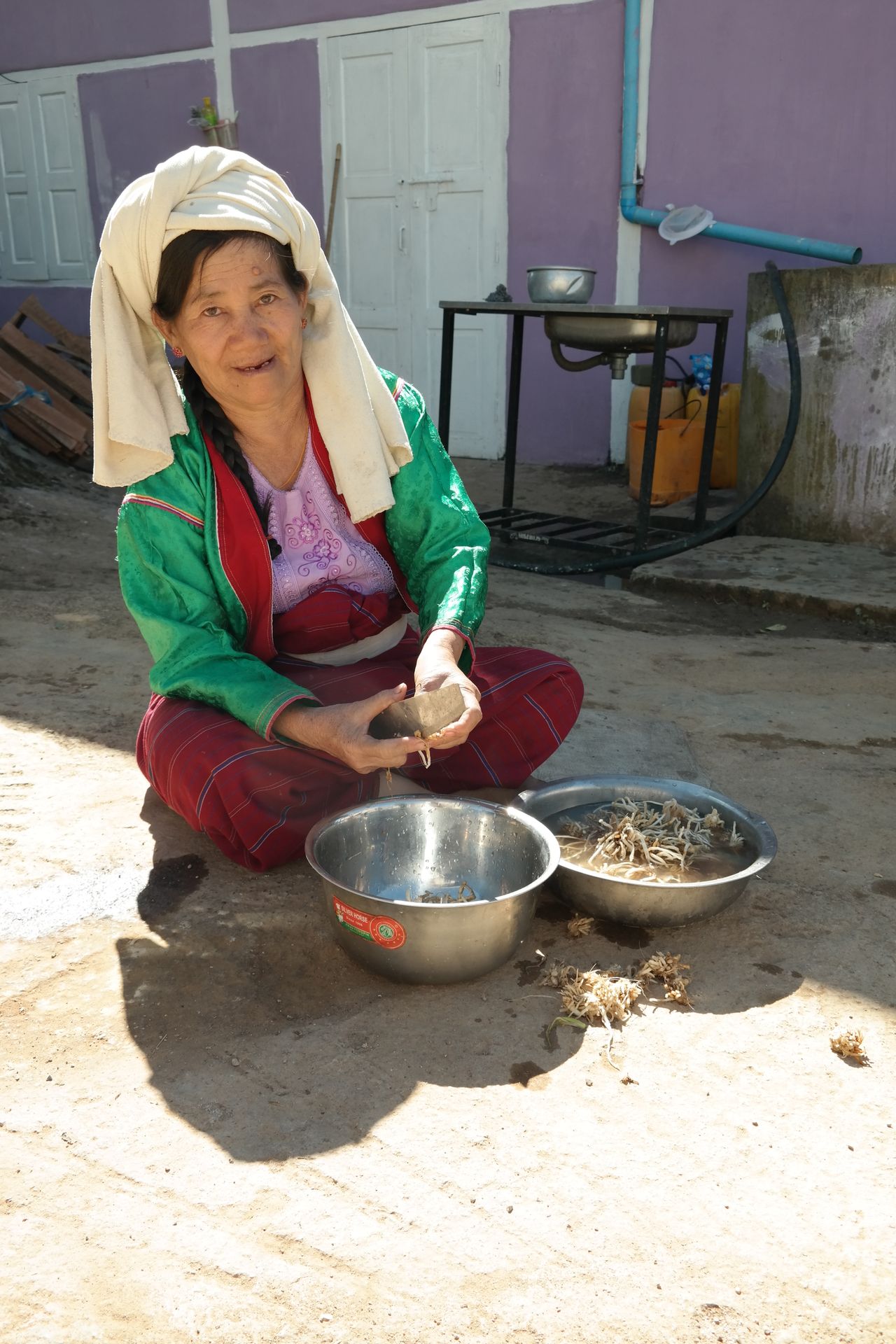
At 1 o'clock, we take a one-hour lunch break in a village. We are provided with fried noodles, vegetables, fruit, and green tea, and we can rest a little. I have the pleasure of experiencing a typical Burmese toilet (French squat toilet in a bamboo hut on a slope at the edge of the forest). When I hear the splashing behind the hut, I also know how the wastewater is regulated. A 30cm long pipe leads the waste out of the toilet hut and then down the slope. Hopefully, the children don't play in that area. In retrospect, I don't know why I was so surprised at that moment. What did I expect? In other villages, the 30cm long pipe leads to a pit. My theory: When the pit is full, a new hole is dug, and the toilet hut is moved a few meters.


After the lunch break, we walk through the mountains for a while until we reach the railway tracks that were laid here during the British colonial period. That's also still on our to-do list. But for now, we walk on the tracks for about an hour, through tunnels of sunflowers and through a real tunnel as well, whose dark holes in the ground make passing through very exciting. Just don't miss the crossbeams between the tracks, otherwise one will be missing.

The three-man-strong choo-choo train arrives at Myindaik station one hour later. From there, it is not far to the village where we will stay overnight. The farmers are already driving their water buffalo back to the village, and the women are leaving the rice fields and heading in the same direction. At 5 o'clock, we reach our destination at an altitude of 1500m, and the sun will set in 30 minutes. So we quickly use the last daylight and jump under the shower. Ironically, the villagers actually call the water trough a shower... Gangsters. Since it has cooled down significantly, I skip washing my hair. Pouring the bowl of water over my body is already enough to make me squirm.

Afterwards, we put on all our layers of clothing and are served dinner. Now we have also reached the point where Max and I are a bit disappointed. We imagined spending time with the people from the village or at least with our guide and his family. But the reality is that we have the entire upper floor of the mother's house to ourselves. Although we eat at our guide's bamboo hut, the food is served outside the hut. He is inside the hut with his wife, son, and other family members, nice and warm by the fire. We would have preferred that. But on the other hand, the family probably doesn't want new tourists at their table every few days. It would have been very nice and interesting for us, though. Nevertheless, the food tastes excellent! We get rice and many different kinds of vegetables. Sounds boring, but it's really delicious. Especially because it's not drenched in oil like it usually is in Myanmar. It's a very healthy, vegetarian, and tasty dinner, and we are very full. Since it's dark, we don't have electricity, and it's really cold outside, we go to bed very early. A small candle on the altar in our sleeping room provides us with a little light so that we can snuggle into the blankets, spread out on bamboo mats.

Apart from being very cold at night, we slept very well and start the next day refreshed. We have breakfast (rice, scrambled eggs, and fruit) separately from the others.

At some point, So So collects us, and we set off. Today, the path leads us through fields and meadows, and we can't expect much shade. At the moment, I am a very multifaceted onion, and I can't imagine ever sweating again. But after walking uphill for 30 minutes, I have already taken off my jacket and sweater. So So has quite a pace because another hiker will join us at 9 a.m. -> more money for him. After waiting at the meeting point for a long time and So So getting more and more nervous, the motorbike taxi with Kerry finally arrives. She is a tourist from Hong Kong, traveling in Myanmar for only a week, and she will hike with us for the next two days. She is the same age as us, and we get along very well. So the hike becomes a bit more interesting again.

And So So didn't promise too much. There is plenty of sun. The landscape is completely different from yesterday, but today there is also a lot to see. We no longer see the mountains in the background, but the flat land is used for agriculture, and we walk through many villages. So So explains to us what is grown in the fields. Currently, for example, the sesame fields are blooming, which from a distance looks like rapeseed. Bright yellow fields. Mandarins, ginger, chili, rice, corn ... I also find it really interesting to watch the people work.



When looking over the fields, water buffalo tied to poles can be seen everywhere, grazing or wallowing in waterholes. So So told us that he used to have a buffalo too, and I wonder why the animals don't have to work. Since it is currently winter, there is nothing for the animals to do, and they have a grace period. At the beginning of the rainy season, the muscular animals will be harnessed to the plow again or help with the transportation of the harvest.

At lunchtime, we stop again in a village and are served fried rice, vegetables, and fruit. Kerry, our group addition, is traveling through Myanmar for only one week and has planned her trip quite tightly. We can hardly imagine how someone can stay here for just one week. In the afternoon, shortly before sunset, we reach the village where we will stay overnight.


A few other trekking groups arrive at the same time as us, but they sleep in other houses. Unfortunately, the procedure is the same as last time. We sleep and eat separately from the locals. That's a shame. Therefore, after dinner, we go to another trekking group and spend the evening with them. Two of them are Englishmen who have been working in Myanmar for several years and are balloon pilots in Bagan and at Inle Lake. It's always interesting to hear the opinions of Europeans who live in Myanmar because they know the country much better but are also accustomed to European standards. After a few hours of sharing stories, we have to go back. After all, the rooster crows at 6 a.m. On the way back, we get a little lost in the village because there are no lanterns, signs, or anything like that. But with combined forces, we manage to find our way back and don't have to sleep with the cows :-D By the way, today's route was about 24 km.


On the third and final day of hiking, we only walk until noon, take a break, and then take a boat across the lake to the village. Today we have to walk downhill. We leave the mountain villages and gradually descend to sea level. Since I got blisters on the first day, I have been walking with flip-flops since yesterday. Yesterday, it was no problem, but today the paths are much muddier, steeper, and rockier. But I am practiced, and everything goes smoothly :) Since all hikers have the same destination, we sometimes walk in a large group. Some well-equipped hikers in expensive hiking boots lose their balance when climbing over wet rocks. I'm so proud of my flip-flops (no advertising). I also find today's route very beautiful because in the morning, when the fog still lies over the fields, we walk through a huge heath landscape. And the spiders have taken over this area. I have never seen such large and complex spider webs. I always let Max walk in front of me and follow exactly in his footsteps to avoid walking into any webs with my head. After the heath landscape, there is agriculture again, but the soil is intensely red. It looks very cool, like in Africa. Really rusty red soil. And when we leave this landscape behind, we enter the forest, and it continues downhill until we reach the river that flows into Inle Lake. There we have lunch on a stilt terrace and are then taken by a narrow longtail boat to the other end of the lake. The boat ride is really awesome! There are only three of us in the boat, I sit in the front, the sun shines in my face, and the wind cools down my red head (no sunburn, just heat and exertion). After about an hour, we reach the village of Nyaung Shwe and go to our hotel. Since I got a bladder infection on the first night and could only get through the three days with painkillers, I'm pretty exhausted now. I take my dose of antibiotics and have to sleep.

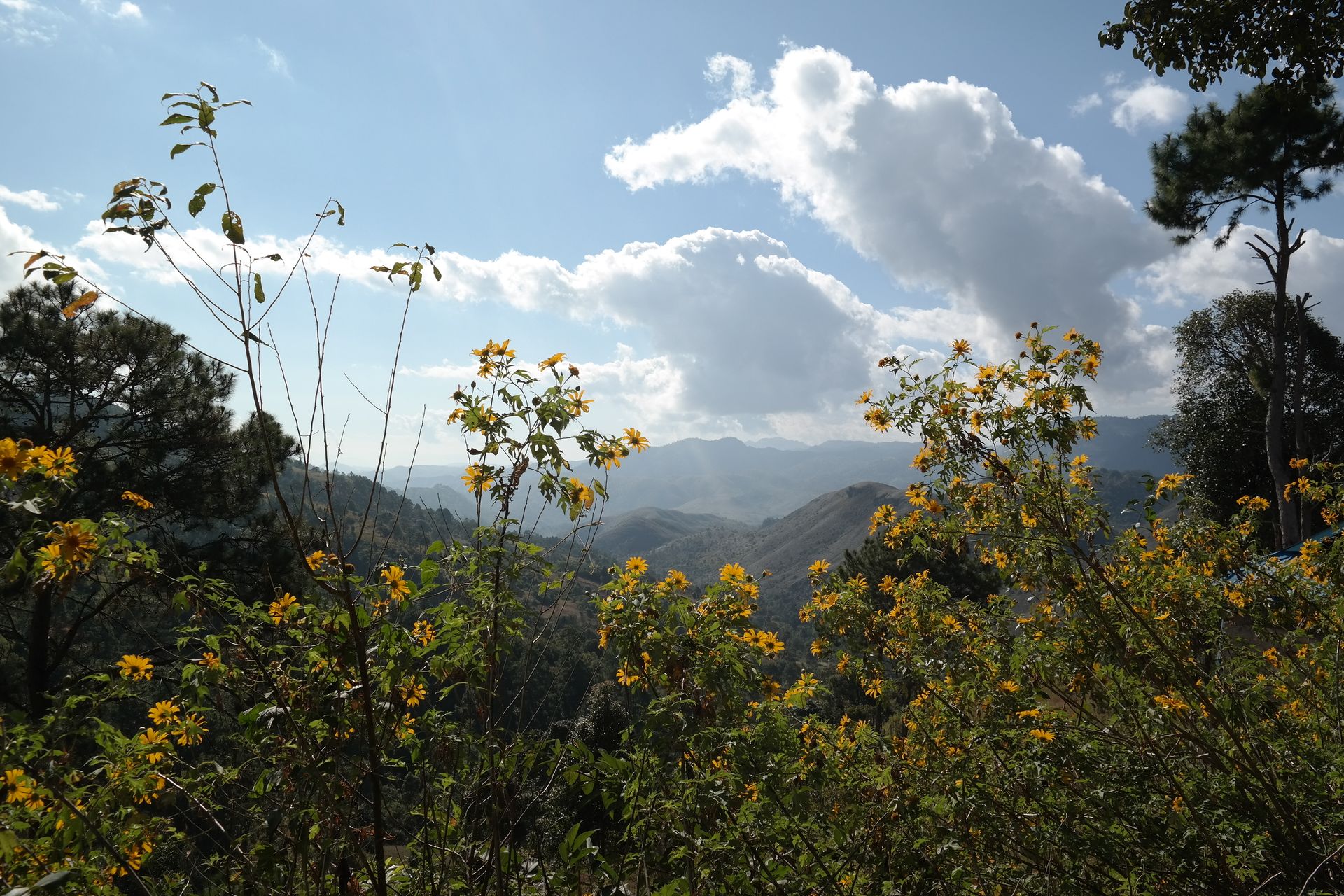


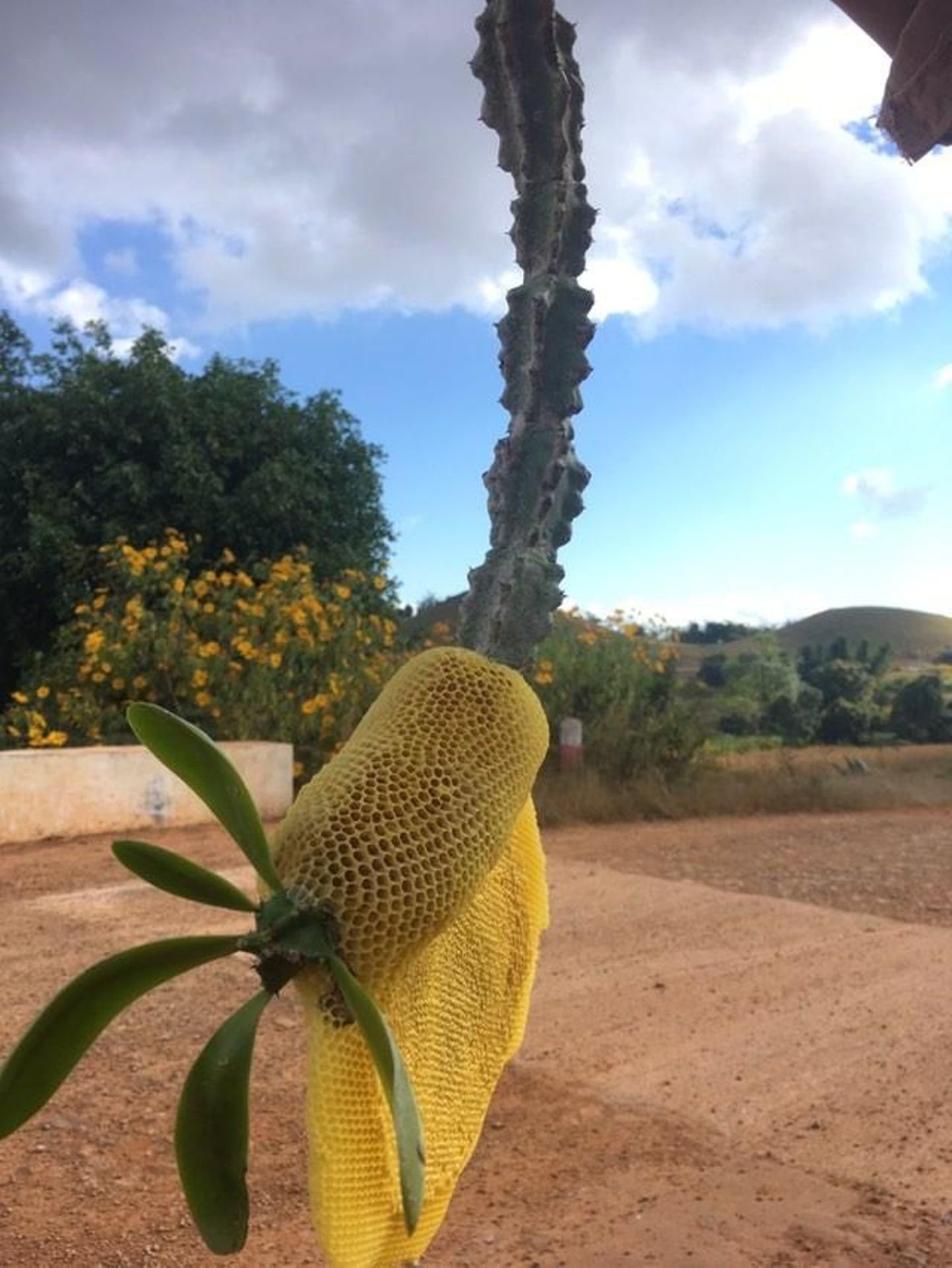
Бюллетенге жазылыңыз
Жооп
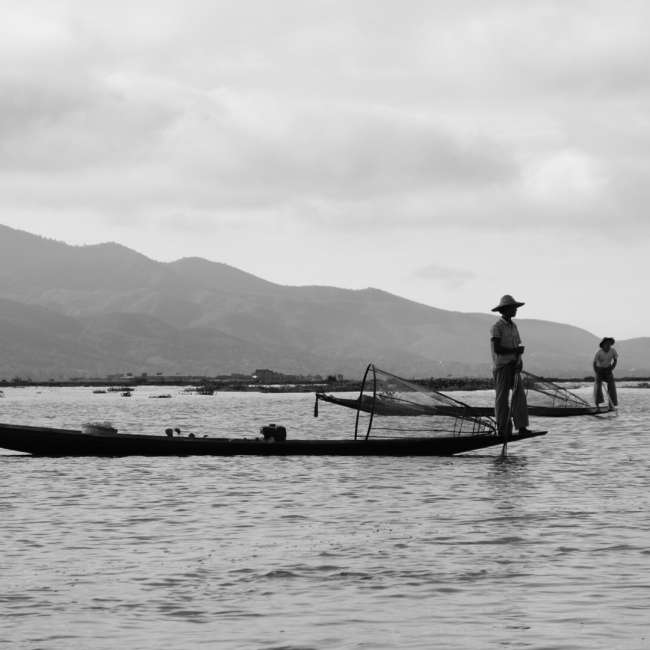
Саякат баяндамалары Мьянма
